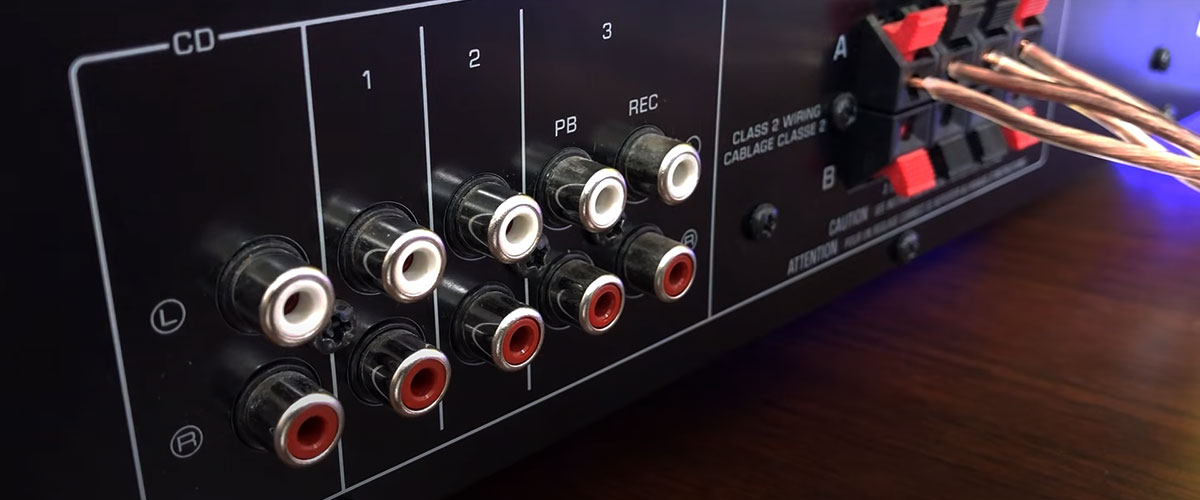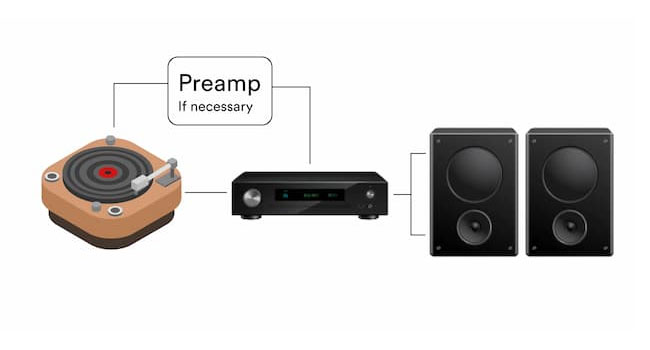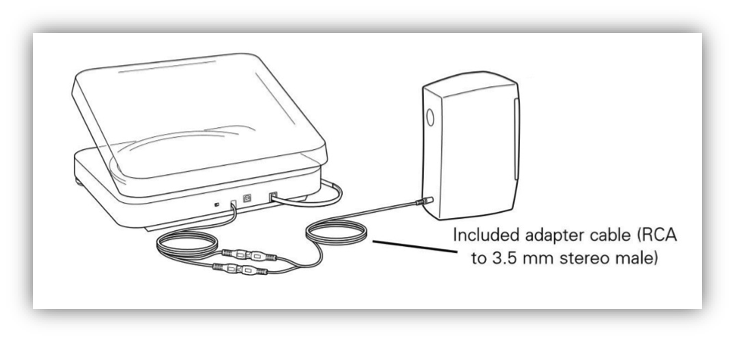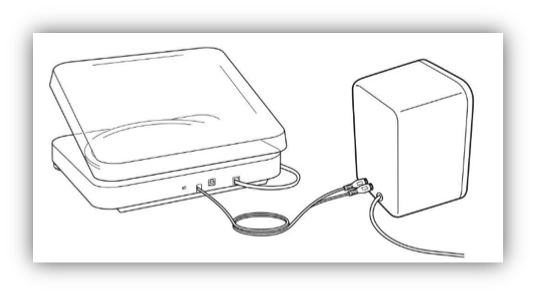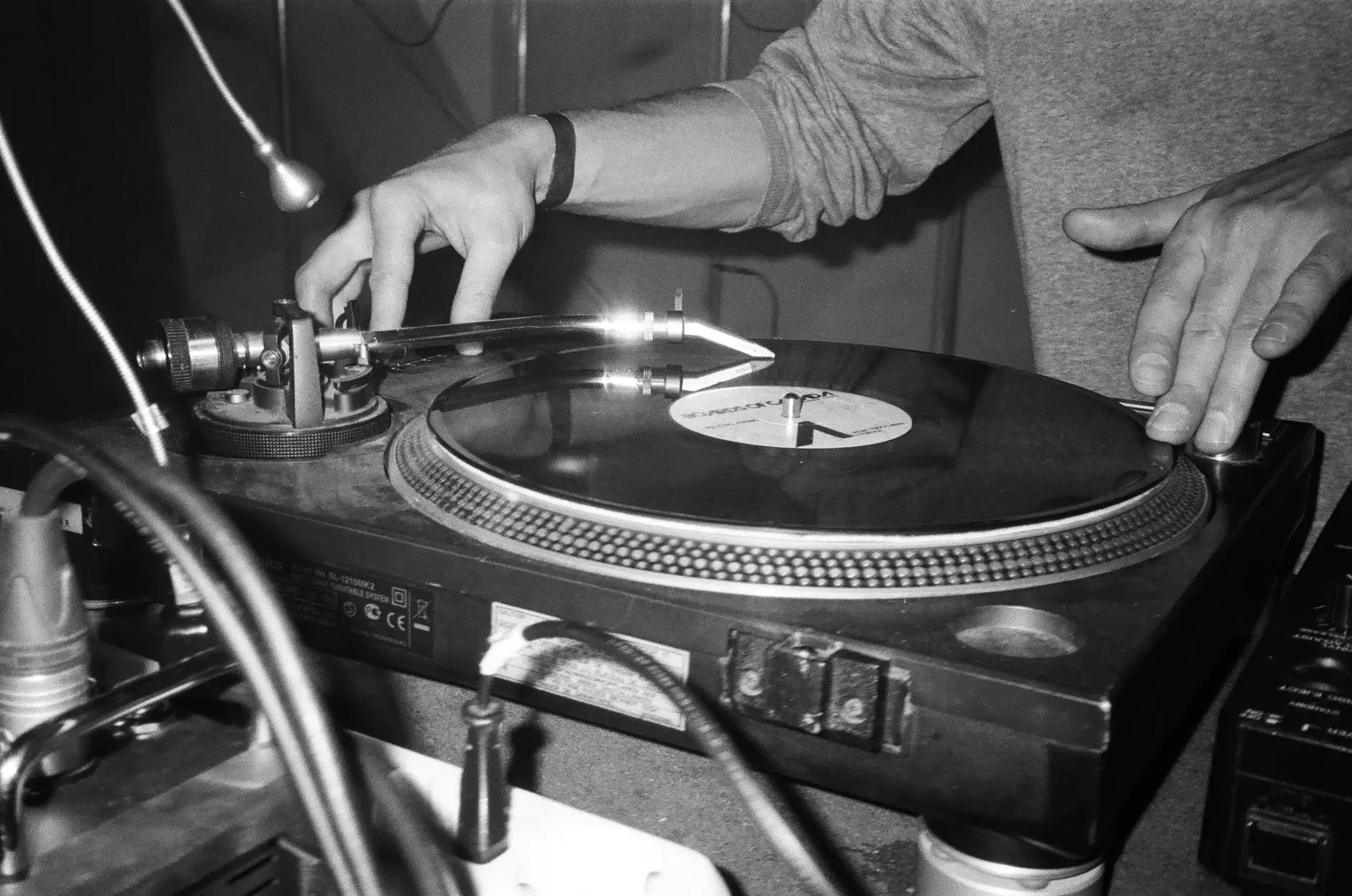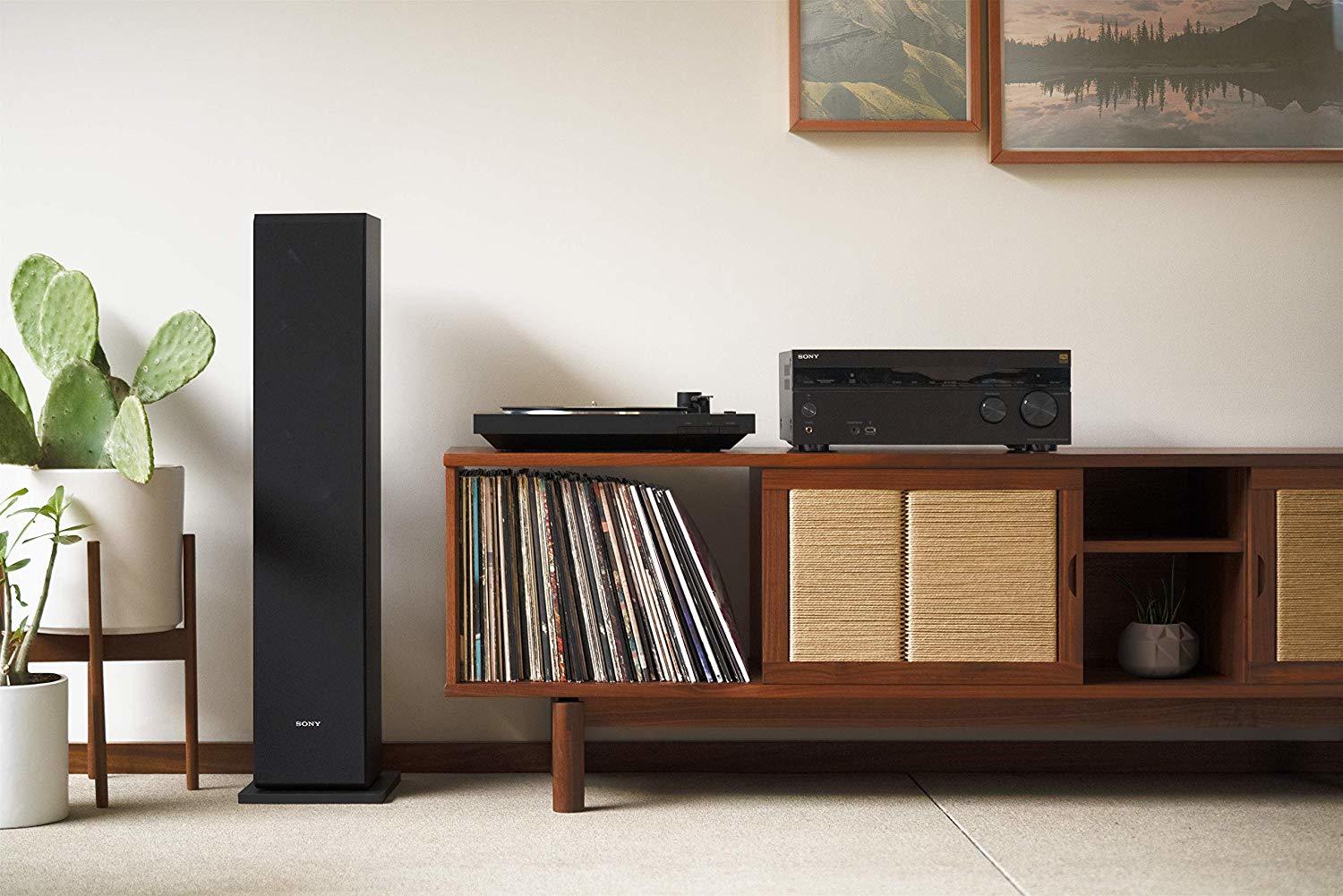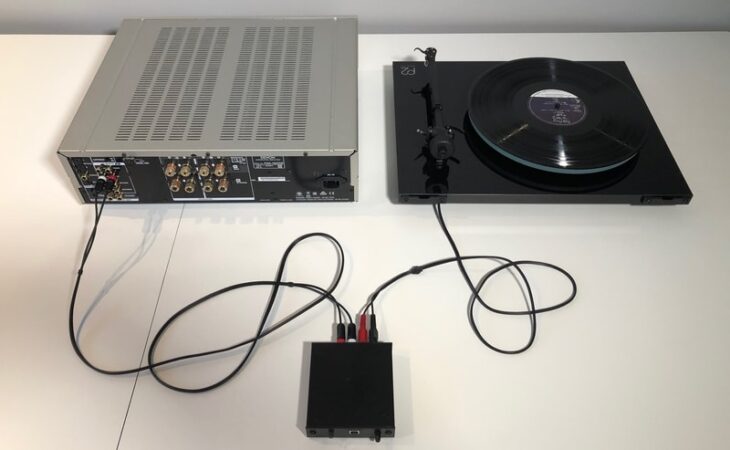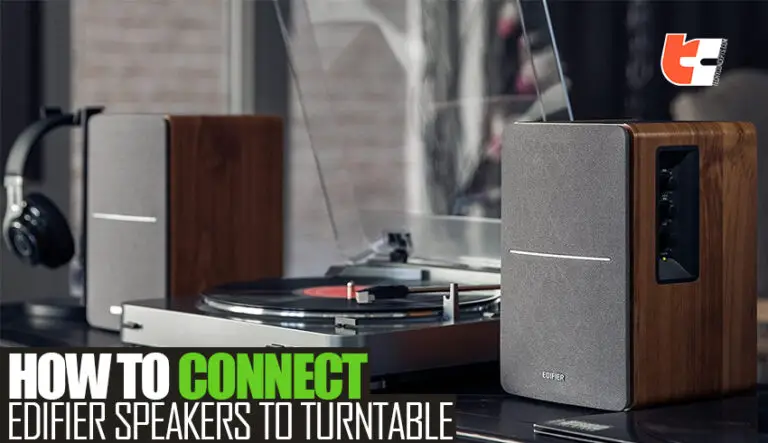Connect Turntable To Powered Speakers

For vinyl enthusiasts eager to spin their records without the complexity of a full-fledged stereo system, connecting a turntable directly to powered speakers offers a streamlined and accessible solution. This setup bypasses the need for a separate amplifier, providing a simpler and often more budget-friendly entry point into the world of analog audio.
Understanding the process and potential challenges involved in connecting a turntable to powered speakers is crucial for achieving optimal sound quality and avoiding equipment damage. This article provides a comprehensive guide to navigating this connection, covering essential components, connection methods, and troubleshooting tips.
Understanding the Essentials
The key to a successful connection lies in understanding the preamplifier, often called a phono preamp. Most turntables output a very low-level signal that is not strong enough to drive powered speakers directly. This is where the phono preamp comes in.
It amplifies the signal to a level that powered speakers can understand, and it also applies an RIAA equalization curve, a standardized equalization that corrects for the frequency imbalances introduced during the record-cutting process.
Powered speakers, unlike passive speakers, contain their own built-in amplifiers. They are designed to accept a line-level signal, which is what the phono preamp provides.
Connection Methods: Built-In vs. External Preamps
There are typically two ways to connect a turntable to powered speakers, depending on whether the turntable has a built-in phono preamp.
Turntable with Built-In Preamp
Some turntables include a built-in phono preamp, often indicated by a switch on the back labeled "Line/Phono." When set to "Line," the turntable outputs a line-level signal, which can be connected directly to the powered speakers using standard RCA cables.
Simply connect the RCA outputs from the turntable to the RCA inputs on the powered speakers. Make sure the volume on both the turntable (if applicable) and the powered speakers is turned down before playing any music.
Turntable without Built-In Preamp
If your turntable lacks a built-in preamp, you'll need an external phono preamp. Connect the RCA outputs from the turntable to the inputs on the external preamp.
Then, connect the RCA outputs from the external preamp to the RCA inputs on the powered speakers. Ensure the external preamp is powered on before playing any music.
"Using an external preamp often provides better sound quality compared to built-in preamps, as they are typically designed with higher-quality components," says John Smith, audio engineer.
Troubleshooting Common Issues
Humming or buzzing is a common issue when connecting turntables to powered speakers. This can often be resolved by ensuring proper grounding.
Many turntables and preamps have a ground wire that should be connected to the ground terminal on the amplifier or speakers. If the issue persists, try different grounding points or consider using a ground loop isolator.
If the sound is distorted or weak, double-check that the turntable's preamp switch (if applicable) is set to the correct position. Also verify that all cables are securely connected.
Impact and Accessibility
Connecting a turntable to powered speakers democratizes access to vinyl playback. By eliminating the need for a separate amplifier, it significantly reduces the overall cost of entry, making the format more appealing to budget-conscious listeners.
This setup also simplifies the listening experience. It reduces the number of components, making it a convenient option for those who prioritize ease of use.
The resurgence of vinyl records has been significant in recent years, and this simplified connection method further fuels its accessibility. This fosters a deeper connection with music through the tactile experience of playing records.

